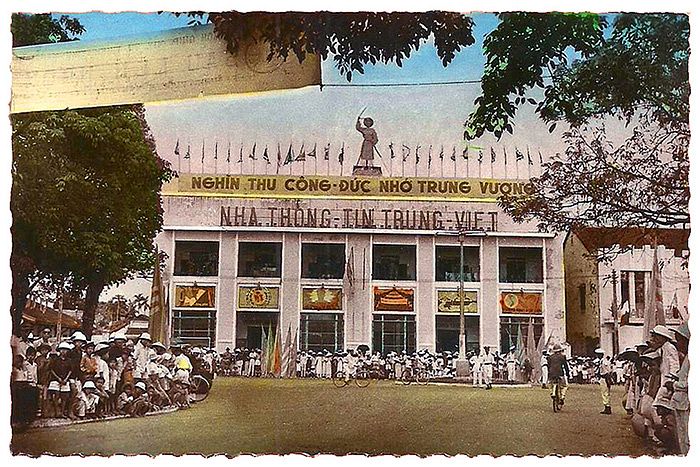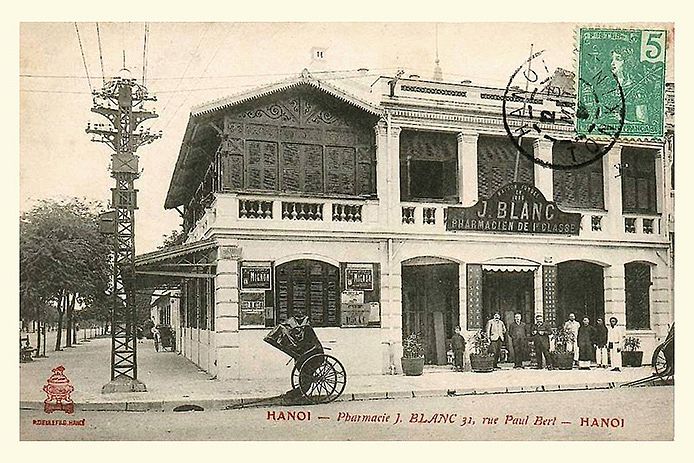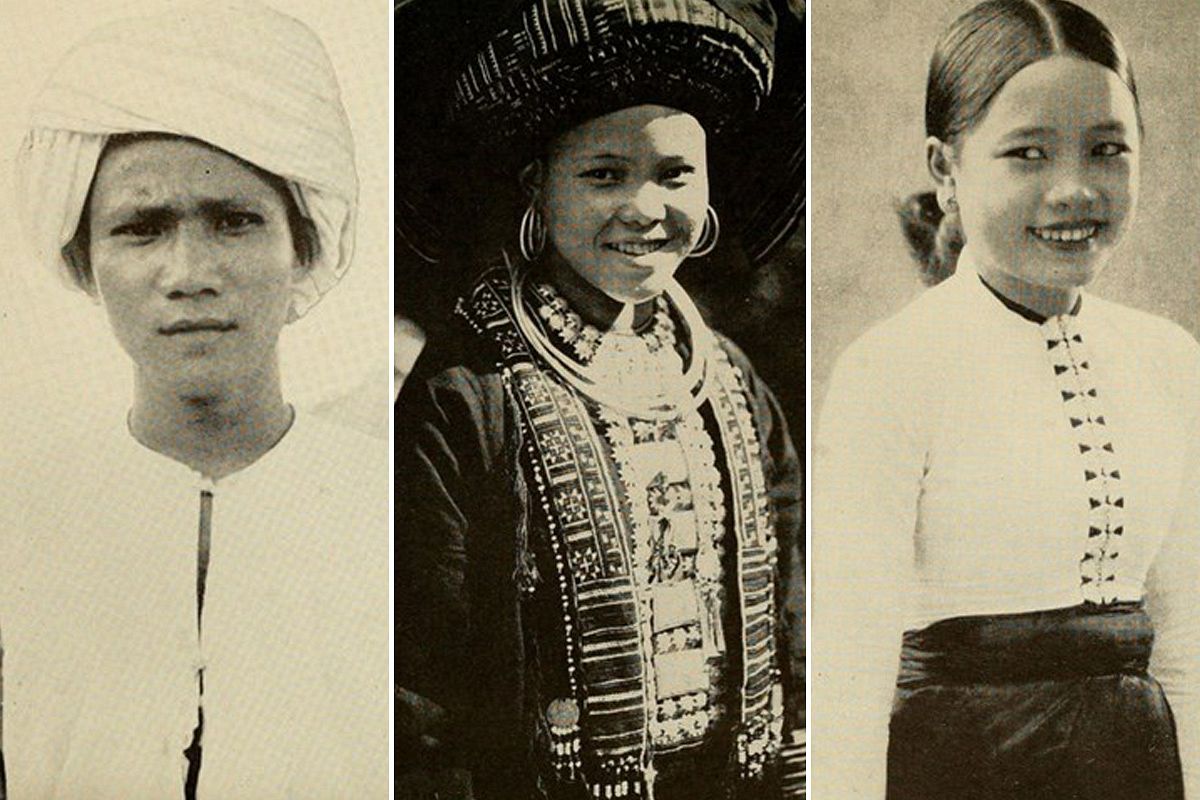At the turn of the 20th century, people often referred to the Vietnamese capital as “the 36 streets of Hanoi.” Most of these 36 streets lie in today’s Old Quarter and still retain names that reflect the specialized businesses they once housed.
Related Articles:
- 27 Rare Photos Of Hanoi From 120 Years Ago
- 10 Incredible Photos Of Life On Hanoi's Train Tracks
- These 17 Old Photos Show Life In Vietnam 100 Years Ago With Vivid Color

Quai du Commerce - today's Yen Phu, Tran Nhat Duat and Tran Quang Khai Streets - was the Old Quarter's most important route.

Lo Ren Street, formerly Tan Khai Village, was built on a filled in part of To Lich River.

Hoan Kiem Lake (Sword Lake) used to be called Luc Thuy for its green water.

Hang Trong Street was known for its fine crafts, such as embroidery, mosaics and painting.

Shops on Hang Thiec Streets sold tin utensils and toys.

Hang Mam Street was known for its dried and fermented seafood products.

Shops along Hang Khay Street sold luxurious trays and flowers.

Hang Hom Street was famous for wood paintings.

Hang Duong Street was the place to find sweets, jams and Indian fabrics.

Hang Chieu Street looked like a military camp rather than a commercial street. After it was rebuilt in 1888 following a fire, Hanoians also called it Pho Moi (New Street).

Hang Bo Street housed shops that sold products originating from England, Japan, China and America.

Hang Be Street once sold ship building materials and later goods from different regions, earning it the nickname "rich people's market."

Cho Gao (Rice Market).














